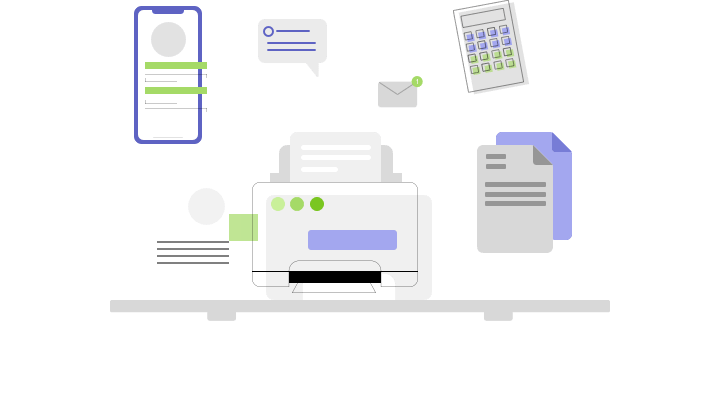
The order of liquidity in accounting is a valuable tool for assessing a company’s ability to meet its short-term obligations. Accounts receivable and accounts payable are also considered liquid assets, as they can be easily converted into cash with minimal effort. Other current assets include any other assets held by the Company, which can be converted to cash in one year but cannot be classified under the above categories. Details of other assets held by the Company are generally provided in the notes to the financial statements. While the current ratio is also referred to as a liquidity ratio, a company with the majority of its current assets in inventory may or may not have the liquidity needed to pay its liabilities as they come due. Its liquidity depends on the speed in which the inventory can be converted to cash.
Additional Resources
- That assumption could be misleading if the company doesn’t have other assets that can be quickly converted into cash to cover operations and debt expenses.
- It lists a company’s assets, liabilities, and owners’ equity at a particular point in time.
- This includes cash on hand and short-term investments like US government treasury bills or certificates of deposit.
- However, there are accounts that have pretty standard turnaround times for cash conversion.
The earliest due dates come first while the later due dates follow afterwards. In the absence of specific due dates however, common sense must dictate the order in which liabilities are listed on the balance sheet. List the following assets in order of liquidity, beginning with the most liquid assets first. Accounts receivable (AR) represents amounts owed by customers for goods or services delivered on credit. These balances are typically collected within 30 to 90 days, making them a key component of working capital. Under ASC 310, companies must assess the collectability of receivables and establish an allowance for doubtful accounts to reflect potential credit losses.
- The balance sheet represents the financial position of a business at any given point in time.
- Ultimately, the order of liquidity of accounts will depend on the company and the industry.
- For both the management of a company and the readers, a balance sheet presented using the order of liquidity will allow them to grasp what generates cash in the company.
- His expertise lies in technical analysis, particularly in dissecting indicators that shape market trends.
- A company with limited cash may still be liquid if it holds other assets that can be readily converted into cash.
- This order makes sense, as cash is the most easily accessible and can be quickly converted into cash if needed.
Asset Account Classifications
This is because these kinds of assets can be quickly utilized to cover any unforeseen expenses or financial obligations. However, an extremely high level of liquidity can also indicate inefficiency, as excess capital might be better used for business growth. In times of financial distress, the company seeks to liquidate its assets to pay off liabilities, making ‘order of liquidity’ a crucial consideration for potential investors, lenders, and creditors. Therefore, as per this method, Medical Billing Process the liabilities that are required to be paid off at the earliest are placed first matching with the highly liquid assets.
Current Assets Example
The terms “cash” and “liquidity” are often used interchangeably even in some business meetings, investor calls, and financial communications. Treating these two distinct terms as the same thing can lead to CARES Act costly misunderstandings. Whatever is the order, it is always better to follow the same order forboth assets and liabilities. Generally, liquid assets are traded on well-established markets with a large number of buyers and sellers.

Similarly, for liabilities, those that are due soonest (accounts payable) are listed first, and those that are due in the longer term (deferred revenue) are listed last. This order of liquidity provides a clearer picture of the company’s financial situation, showing how well it can meet its short-term obligations and how effectively it can convert its assets into cash. Next, the money owed by the business in the normal course of sales, which is accepted by the general credit terms of the company, is generally known as accounts receivables. These receivables generally have a 30 – order of liquidity balance sheet 60 days credit period to liquidate themselves. Next, inventory is the stock lying with the company and can be converted into cash from one month to the time of sales. Sometimes inventory can be sold quickly, so its position may vary from organization to organization.

